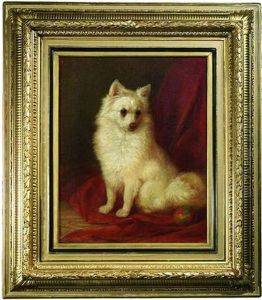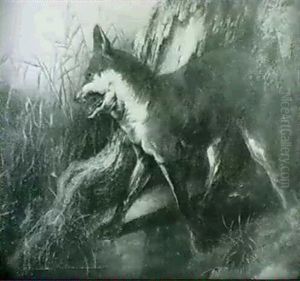Friedrich Specht Paintings
Friedrich Specht was a German artist and illustrator, best known for his detailed and realistic animal and natural history illustrations. Born on February 22, 1839, in Lauffen am Neckar, Kingdom of Württemberg, Specht showed an early interest in nature and wildlife, which would become the central theme of his artistic career. His talent for drawing and painting was evident from a young age, leading him to pursue formal art education. Though specific details about his education are not widely documented, it is known that he was profoundly influenced by the works of other natural history illustrators and artists of his time.
Throughout his career, Friedrich Specht contributed to various scientific and popular publications, providing illustrations that were celebrated for their accuracy and detail. One of his most significant contributions was to the illustrated book 'Brehms Tierleben' (Brehm's Life of Animals), a comprehensive encyclopedia of the animal kingdom written by Alfred Brehm. Specht's illustrations for this work helped bring the text to life, making it accessible and engaging to a broad audience and solidifying its status as a seminal work in zoology and natural history.
Aside from his work in publications, Specht also created standalone artworks, many of which depicted animals in their natural habitats. His ability to capture the essence and intricacies of animal anatomy, behavior, and environment with his brush made him a respected figure in the field of wildlife art. His illustrations not only served scientific and educational purposes but also highlighted the beauty and diversity of the natural world, contributing to the growing interest in wildlife conservation towards the end of the 19th century.
Friedrich Specht's legacy is preserved in the collections of natural history museums, libraries, and in the pages of the books he illustrated. His work continues to be admired for its artistic merit and its contribution to the understanding and appreciation of the natural world. Specht passed away on October 3, 1909, leaving behind a body of work that continues to inspire artists, illustrators, and naturalists alike.


